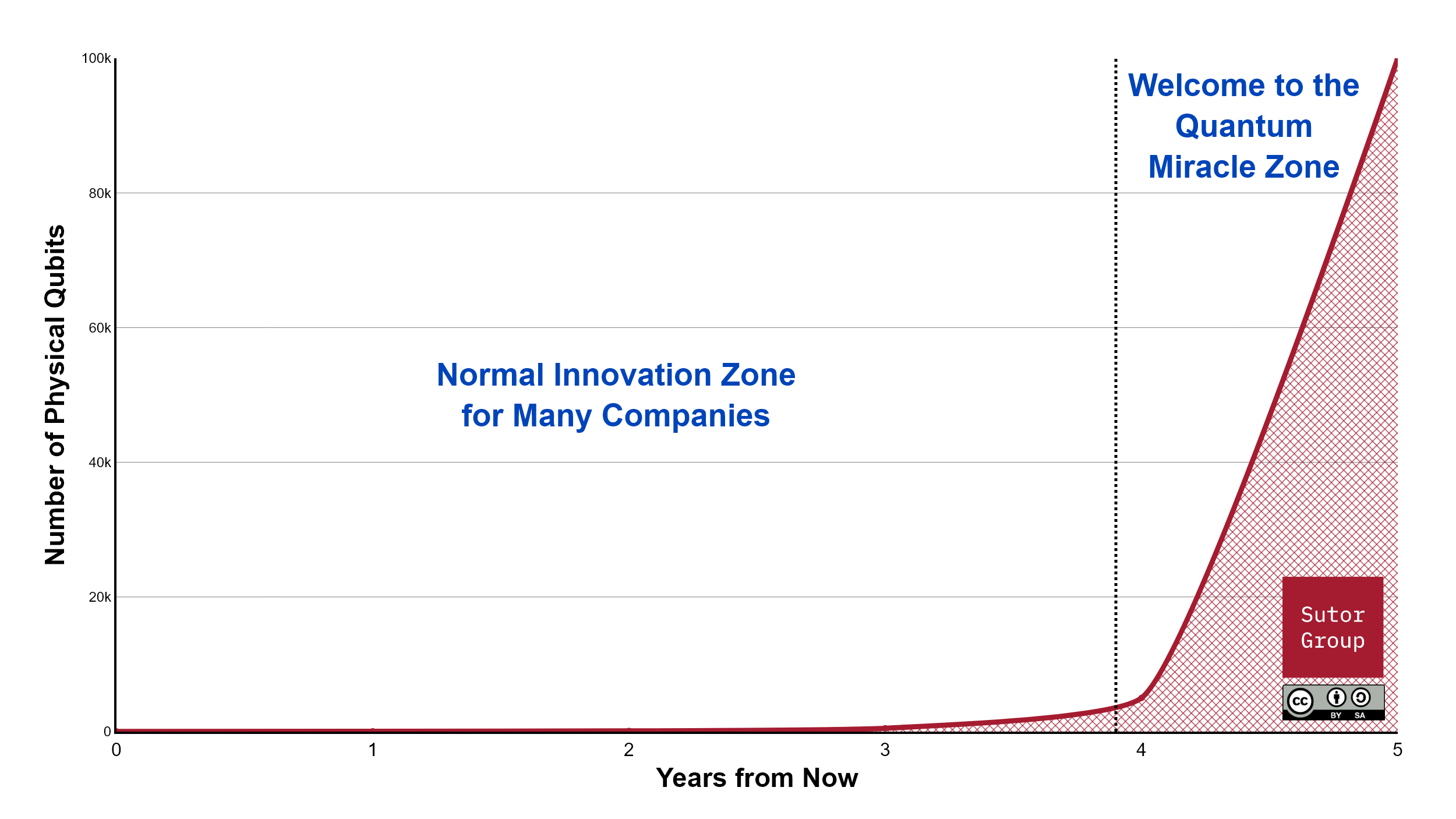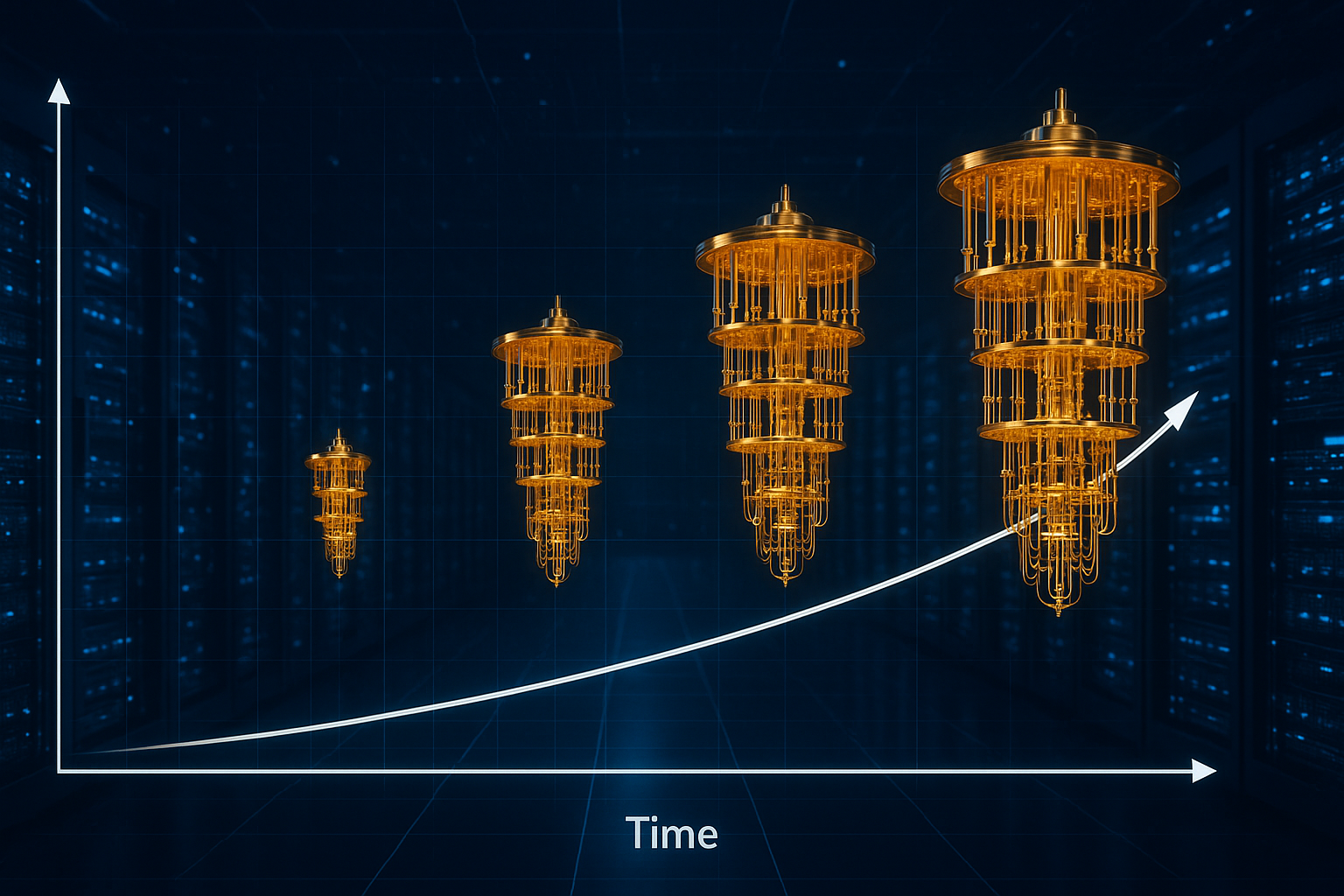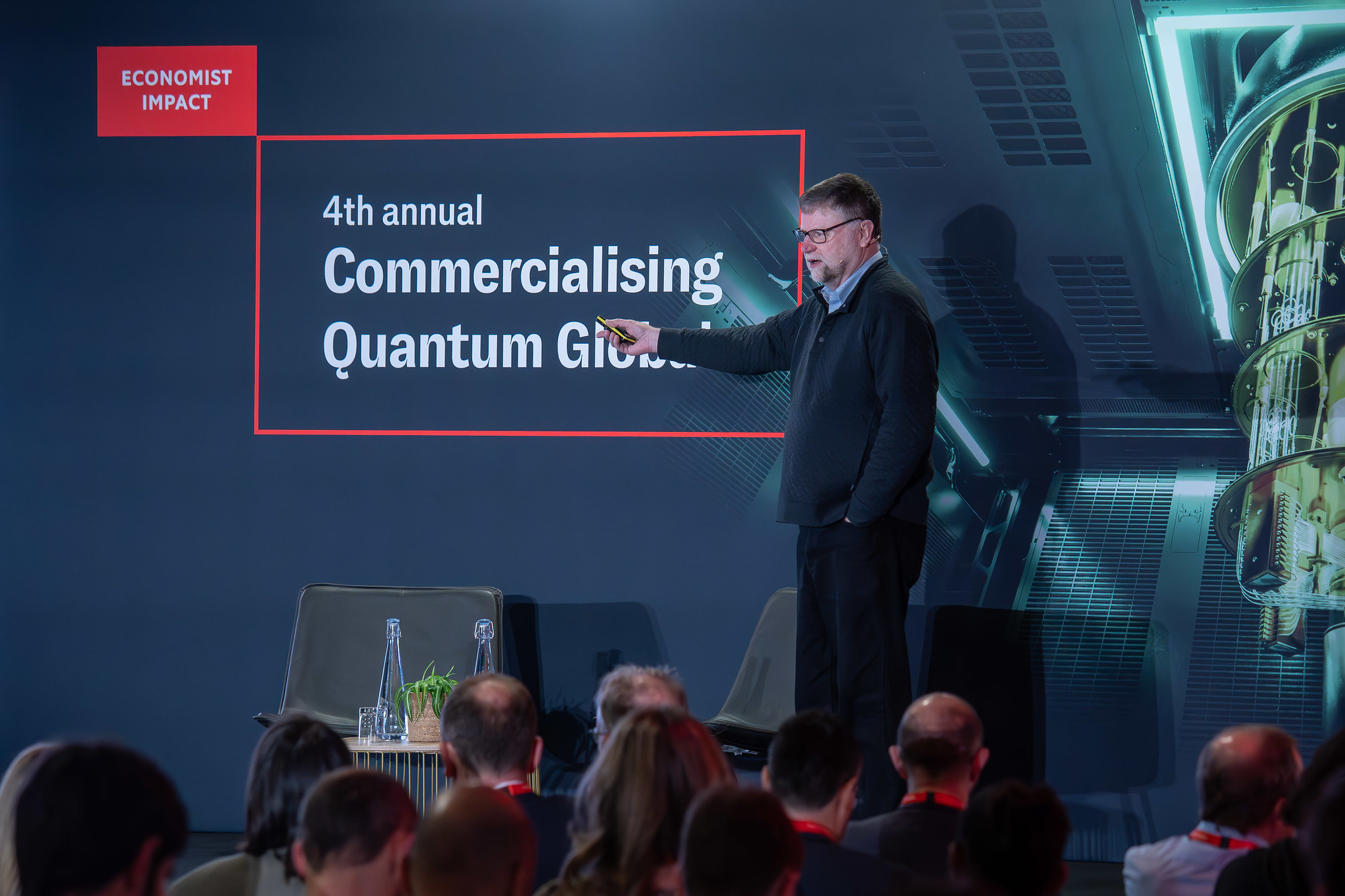A selection of the most important recent news, articles, and papers about Quantum.
General News, Articles, and Analyses
Merging Atomic Clocks with Quantum Computers – www.caltech.edu
https://www.caltech.edu/about/news/merging-atomic-clocks-with-quantum-computers
Author: Whitney Clavin
(Wednesday, October 9, 2024) “Now, as reported in the journal Nature, a Caltech team led by Professor of Physics Manuel Endres has developed a new device that could lead to some of the most precise time measurements ever achieved. The method merges state-of-the-art atomic clocks with quantum computers.”
New Interface Uses Light to Scale Up Quantum Computers: Qubit-photon interfaces could entangle multiple quantum processors | IEEE Spectrum
https://spectrum.ieee.org/quantum-network-interface
Author: Charles Q. Choi
(Monday, October 14, 2024) “To overcome this obstacle, Nu Quantum has built a prototype qubit-photon interface to connect multiple quantum processors together. “We are there to develop the networking technology that can help the industry cross the scaling chasm it faces,” Palacios-Berraquero says. “Instead of trying to build bigger and bigger computers that are inefficient, that are one-off machines, we want to shift to modular, smaller quantum processing units that are more efficient and interconnected by a network.””
Dual-species atomic arrays show promise for quantum error correction
https://phys.org/news/2024-10-dual-species-atomic-arrays-quantum.html
Author: Tejasri Gururaj
(Tuesday, October 15, 2024) “A study in Nature Physics has realized a dual-species Rydberg array combining rubidium (Rb) and cesium (Cs) atoms to enhance quantum computing and its applications. The use of neutral atoms as quantum bits or qubits is not new to the quantum world. Neutral atoms are trapped using optical tweezers, which are focused laser beams, to manipulate the atoms to store and perform computations”
Company Health and Finances
Zapata Computing Holdings Inc. Ceases Operations | The Quantum Insider
https://thequantuminsider.com/2024/10/12/zapata-computing-holdings-inc-ceases-operations/
Author: Matt Swayne
(Saturday, October 12, 2024) “Zapata Computing Holdings Inc. (Zapata) is set to cease operations after its board of directors approved a plan to wind down the business, terminate most employees and address outstanding financial obligations, according to a Form 8-K filed with the Securities and Exchange Commission (SEC). The decision SEC filing, officially dated October 8, 2024, cited the company’s inability to meet its financial obligations as the primary driver behind the closure.”
Zapata Computing, Early Quantum-AI Software Specialist, Ceases Operations
Author: John Russell
(Monday, October 14, 2024) “Zapata Computing, which was founded in 2017 as a Harvard spinout specializing in quantum software and later pivoted to an AI focus, is ceasing operations, according to an SEC filing last week. Zapata had gone public one year ago, via a SPAC purchase with Andretti Acquisition Corp. It was trying to straddle both the quantum and AI worlds and earlier this year had struck a collaboration deal with quantum computer developer D-Wave.”
QuEra Computing announces investment from key strategic partner to accelerate development of large-scale, fault-tolerant quantum computers
(Tuesday, October 15, 2024) “QuEra Computing today announced an investment in QuEra by Google Quantum AI. The investment marks a significant milestone in QuEra’s journey to develop and make available useful, scalable and fault-tolerant quantum computers and affirms the recent significant technical progress made by the company. The investment builds on a collaboration with Harvard and MIT, based on the groundbreaking research led by the laboratories of Mikhail Lukin, Vladan Vuletic, and Markus Greiner. Google Quantum AI’s investment in QuEra’s neutral atom technology adds to its portfolio of primary work in superconducting qubits.”
Technical Papers, Articles, and Preprints
Optimal two-qubit circuits for universal fault-tolerant quantum computation | npj Quantum Information
https://www.nature.com/articles/s41534-021-00424-z
Authors: Glaudell, Andrew N.; Ross, Neil J.; and Taylor, Jacob M.
(Tuesday, June 22, 2021) “We study two-qubit circuits over the Clifford+CS gate set, which consists of the Clifford gates together with the controlled-phase gate CS = diag(1, 1, 1, i). The Clifford+CS gate set is universal for quantum computation and its elements can be implemented fault-tolerantly in most error-correcting schemes through magic state distillation. Since non-Clifford gates are typically more expensive to perform in a fault-tolerant manner, it is often desirable to construct circuits that use few CS gates. In the present paper, we introduce an efficient and optimal synthesis algorithm for two-qubit Clifford+CS operators. Our algorithm inputs a Clifford+CS operator U and outputs a Clifford+CS circuit for U, which uses the least possible number of CS gates. Because the algorithm is deterministic, the circuit it associates to a Clifford+CS operator can be viewed as a normal form for that operator. We give an explicit description of these normal forms and use this description to derive a worst-case lower bound of 5log2(1/ϵ)+O(1) on the number of CS gates required to ϵ-approximate elements of SU(4). Our work leverages a wide variety of mathematical tools that may find further applications in the study of fault-tolerant quantum circuits.”
A dual-species Rydberg array | Nature Physics
https://www.nature.com/articles/s41567-024-02638-2
Authors: Anand, Shraddha; Bradley, Conor E.; White, Ryan; Ramesh, Vikram; Singh, Kevin; and Bernien, Hannes
(Friday, September 20, 2024) “Rydberg atoms in optical tweezers are a promising platform for quantum information science. A platform composed of dual-species Rydberg arrays has been realized, offering access to unexplored interaction regimes and crosstalk-free midcircuit control.”
Pseudo twirling mitigation of coherent errors in non-Clifford gates | npj Quantum Information
https://www.nature.com/articles/s41534-024-00889-8
Authors: P. Santos, Jader; Bar, Ben; and Uzdin, Raam
(Friday, October 11, 2024) “The conventional circuit paradigm, utilizing a small set of gates to construct arbitrary quantum circuits, is hindered by significant noise. In the quantum Fourier transform, for instance, the standard gate paradigm employs two CNOT gates for the partial CPhase. In contrast, some quantum computers can directly implement such operations using their native interaction, resulting in less noisy gates. Unfortunately, coherent errors degrade the performance of these gates. In Clifford gates such as the CNOT, these errors can be addressed through randomized compiling (RC). However, RC does not apply to the non-Clifford multi-qubit native implementations described above. The present work introduces and experimentally demonstrates a technique called ‘Pseudo Twirling’ (PST) to address coherent errors. We demonstrate experimentally that integrating PST with the ‘Adaptive KIK’ quantum error mitigation method enables the simultaneous mitigation of noise and coherent errors in multi-qubit non-Clifford gates.”
Articles Related to Other News
T gates & T factories – Azure Quantum | Microsoft Learn
https://learn.microsoft.com/en-us/azure/quantum/concepts-tfactories
(Monday, September 16, 2024) “In a quantum computer, quantum gates can be classified into two categories: Clifford gates and non-Clifford gates, in this case, the T gate. Quantum programs made from only Clifford gates can be simulated efficiently using a classical computer, and therefore, non-Clifford gates are required to obtain quantum advantage. In many quantum error correction (QEC) schemes the so-called Clifford gates are easy to implement, that is they require very few resources in terms of operations and qubits to implement fault tolerantly, whereas non-Clifford gates are quite costly when requiring fault tolerance.”
Clifford gates – Wikipedia
https://en.wikipedia.org/wiki/Clifford_gates
“Quantum circuits that consist of only Clifford gates can be efficiently simulated with a classical computer due to the Gottesman–Knill theorem. The Clifford group is generated by three gates: Hadamard, phase gate S, and CNOT.”




